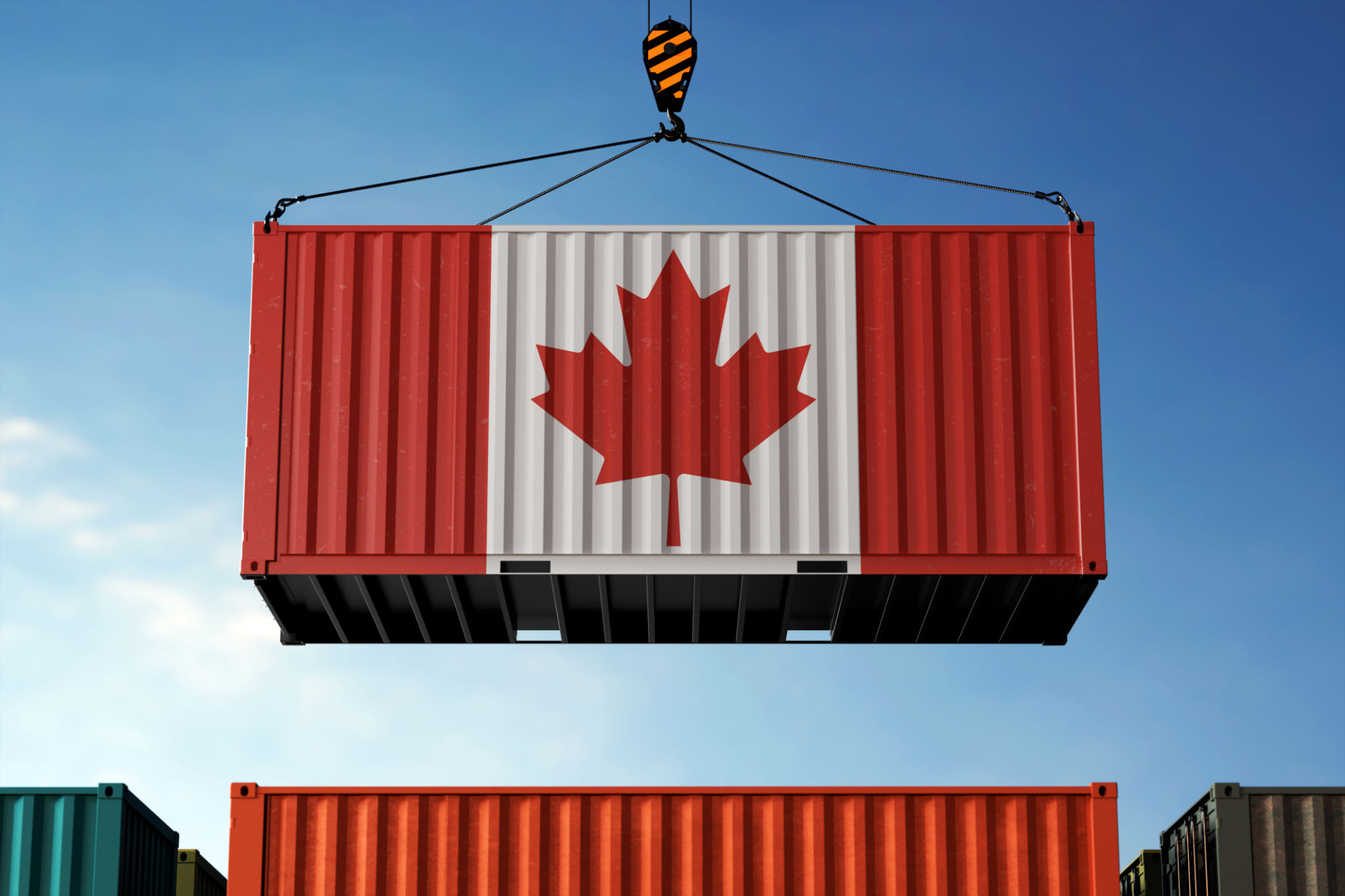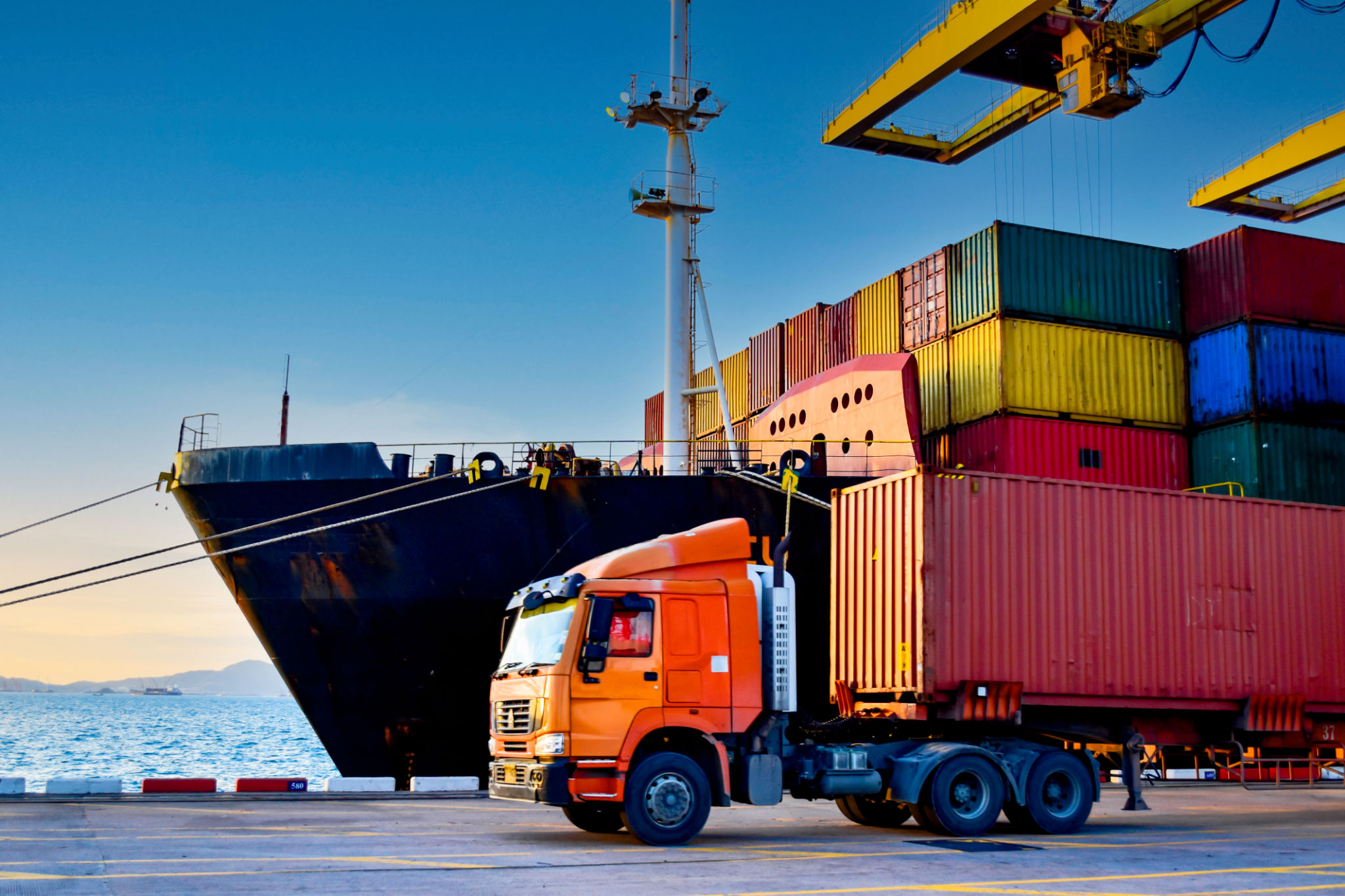Understanding the True Cost of Drayage Services in Ohio
Understanding Drayage Services
Drayage services play a crucial role in the logistics and transportation industry, particularly in a state like Ohio, which serves as a pivotal hub for freight movement across the United States. These services refer to the short-distance transportation of goods, typically from a port to a nearby warehouse or intermodal terminal. Understanding the true cost of drayage services involves delving into several factors that influence pricing and service quality.

Factors Influencing Drayage Costs
Several variables contribute to the cost structure of drayage services. First and foremost is the distance between the pick-up and drop-off points. Typically, drayage covers short distances, but even small variations in mileage can impact pricing. Additionally, the type of cargo being transported plays a significant role. Oversized or hazardous materials may require special handling and equipment, thereby increasing costs.
Fuel and Equipment Expenses
Fuel charges are another critical component of drayage expenses. Given the volatility of fuel prices, these costs can fluctuate significantly, affecting the overall pricing structure. Moreover, the condition and availability of equipment such as trucks and chassis can influence costs. Companies that maintain their fleet in optimal condition may offer more competitive rates.
Regulatory Compliance and Fees
Drayage services in Ohio must comply with various state and federal regulations. This includes safety standards, environmental regulations, and licensing requirements. Compliance with these regulations often incurs additional expenses, which are typically passed on to the customer in the form of fees. For example, certain ports may levy specific charges for access or usage, which can also affect the total cost.

Seasonal Demand and Its Impact
The demand for drayage services can be highly seasonal, affecting pricing dynamics. During peak shipping seasons, such as the holiday rush or agricultural harvest periods, demand for these services can spike. This increased demand often leads to higher prices due to limited availability of trucks and drivers. Conversely, during off-peak times, customers may find more competitive rates.
Strategies for Cost Management
To manage drayage costs effectively, businesses can adopt several strategies. One approach is to establish long-term contracts with service providers to lock in favorable rates. Additionally, utilizing technology to optimize logistics and scheduling can lead to more efficient operations and cost savings. Building strong relationships with reliable carriers can also ensure consistency in service quality and pricing.

The Role of Technology in Drayage
Technology is increasingly playing an integral role in the drayage industry. From GPS tracking to automated scheduling systems, technological advancements allow for greater efficiency and transparency. These tools help businesses monitor shipments in real-time and make data-driven decisions to optimize routes and reduce costs.
Conclusion: Weighing Cost Against Service Quality
While understanding the financial aspects is crucial, businesses must also weigh cost against service quality when selecting a drayage provider. Factors such as reliability, punctuality, and customer service are essential considerations that can impact overall satisfaction and operational success. By thoroughly evaluating these aspects, businesses can make informed decisions that align with their logistical needs.
In conclusion, navigating the complexities of drayage services requires a comprehensive understanding of the various factors that influence costs. By staying informed and leveraging strategic partnerships, businesses in Ohio can effectively manage their drayage expenses while ensuring efficient and reliable transportation of goods.
